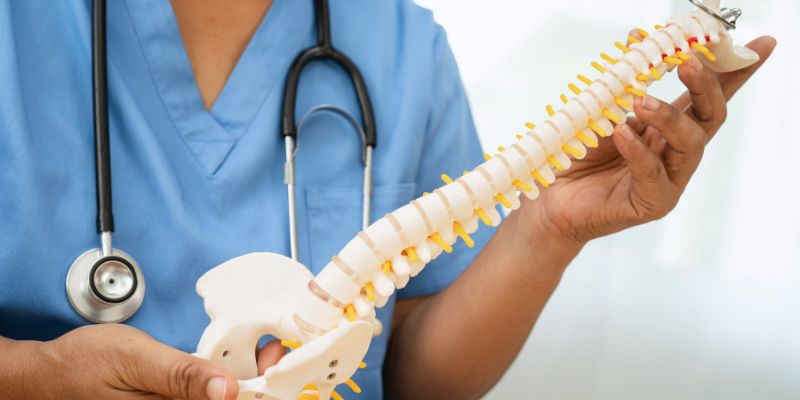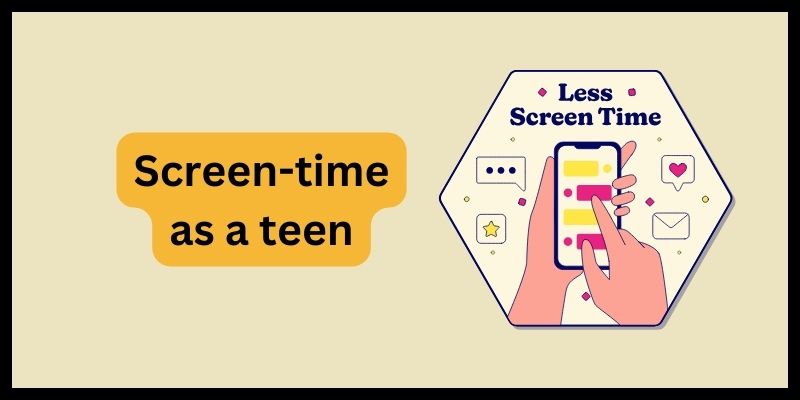What Are The Effective Ways to Treat Radiculopathy: Everything You Need To Know
The disorder known as radiculopathy compromises spinal nerve function. It results from a compressed or inflamed nerve root, producing weakness, numbness, or discomfort. It usually affects the neck or lower back, although it can happen anywhere. The location of the impacted nerve determines the symptoms. However, they usually have radiating pain, muscle weakness, and tingling sensations.
Conservative therapies, medications, physical therapy, and, occasionally, surgery are used in combination to treat radiculopathy. Effective treatment depends on identifying an underlying cause of the nerve compression. This article will review the most often used and successful approaches to treating radiculopathy, guiding your management and reduction of symptoms. You will know the treatments most suited for your illness.

What is Radiculopathy?
Radiculopathy is when a nerve root, usually from the spine, gets inflamed or crushed. A range of symptoms includes pain, weakness, tingling, and numbness in the region of the body serviced by the damaged nerve, which might follow from this. Herniated discs, spurs on the bones, or spinal stenosis stressing the nerve root are the major causes of the disorder.
Radiculopathy can affect the cervical (neck), thoracic (upper back), or lumbar (lower back) sections of the spine, depending on the location of the impacted nerve. Medications, physical therapy, or, in more severe situations, surgery to release nerve compression can all be used in the treatment of radiculopathy. Management of the illness and avoidance of long-term consequences depend on early diagnosis and suitable action.
Causes of Radiculopathy
When spinal nerve roots are pinched or inflamed, radiculopathy results in pain, numbness, or weakness.
- Herniated Discs: A ruptured or bulging disc can press on adjacent nerve roots, causing pain, tingling, or numbness in the afflicted area, the neck, back, or limbs.
- Spinal Stenosis: Usually resulting from aging or arthritis, the spinal canal's narrowing can compress nerve roots, causing radiating pain or discomfort in the neck or lower back.
- Degenerative Disc Disease: Discs in the spine shrink and collapse over time as they lose moisture and suppleness, increasing pressure on nerve roots and producing radiculopathy symptoms.
- Bone Spurs: Commonly brought on by arthritis, bone expansion can start along the spine and produce nerve root compression and symptoms, including pain, numbness, or tingling in the impacted locations.
- Trauma or Injury: A fall or collision can cause physical damage to the spine that results in edema, herniation, or misalignment, stressing nerve roots and producing radiculopathy.
Ways to Treat Radiculopathy
Each method of treating and managing radiculopathy is meant to lessen discomfort, increase mobility, and stop more nerve damage.
Rest and Activity Modification
Rest is crucial since it reduces pressure on the affected nerve, curing radiculopathy. However, idleness can lead to stiffness and exacerbation of disorders. Activities exacerbating pain should be avoided, including heavy lifting and prolonged sitting. Walking, light motions, and stretching are suggested to maintain mobility without deviating from the spine. A physical therapist can help you in safe activities to help you release tension and prevent further damage.
Medications for Pain Relief
Medications sold over-the-counter, such as naproxen or ibuprofen, can help with pain and discomfort linked to radiculopathy. These NSAIDs offer some temporary respite. If the pain is more severe, doctors may write prescriptions for harder medications or muscular relaxants to help with discomfort. Sometimes, by directly accessing the afflicted nerve root and lowering inflammation, corticosteroid injections bring relief. Though they should be used carefully and are not long-term remedies, medications help to ease suffering.
Physical Therapy
Radiculopathy symptoms are much improved with physical therapy. Expert physical therapists can design a particular workout regimen to boost stability, promote flexibility, and strengthen muscles surrounding the spine. These moves should encourage recovery and release pressure on the compressed nerve. Traction-based techniques can also assist the spine in decompressing; particular stretches aid in reducing nerve pain. Frequent therapy visits might produce quite significant changes in mobility and discomfort levels.

Hot and Cold Therapy
Treatment for radiculopathy-related inflammation and pain can include both hot and cold packs. Cold packs numb the affected area, reduce edema and ease nerve pain. Conversely, heat treatment increases blood flow, alleviating tight muscle tension. Alternating hot and cold packs may provide still another degree of relief. This at-home treatment can be a simple but effective addition to current treatments for managing symptoms and encouraging healing.
Chiropractic Care
Radiculopathy is treated with chiropractic adjustments, which straighten the spine and decompress strained nerves. It lessens nerve irritation and helps restore suppleness, therefore relieving pain. Before changing your posture, you ought to see your doctor. Not everyone will find it fit, particularly in spinal instability or nerve damage. Chiropractic care should be attended to under these circumstances since it cannot be safe.
Epidural Steroid Injections
Patients with radiculopathy who find conservative treatment unsatisfactory could receive epidural steroid injections. These corticosteroids injected into the epidural region around the spine help alleviate nerve compression and inflammation. Even if they offer temporary relief, these injections might have to be repeated. Given possible negative effects, one can seek medical counsel for safe and efficient therapy to help one approach repeated use properly.
Surgery
Surgery is considered when conservative treatments for radiculopathy fail, and pain affects daily activities. Typical procedures are discectomy—which removes a herniated disc—and laminectomy—which removes bone blocking the spinal canal. Surgery is the last choice taken when all other therapies prove ineffective. Although it offers great comfort, surgery needs to be taken care of since it involves risks and requires a long recovery.
Conclusion:
Usually, under a mix of rest, medicine, physical therapy, and more intrusive decisions like epidural steroid injections or surgery, radiculopathy can be effectively treated. The degree of the condition, its cause, and especially its symptoms will all influence the course of treatment. Early diagnosis and fast management help prevent long-term damage and improve general results. Closely working with a healthcare provider lets individuals modify their treatment plans to match their needs. With the right approach, many people experience considerable relief from pain, improved mobility, and better life quality, enabling them to manage radiculopathy effectively.












